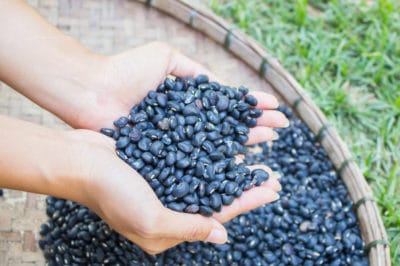Varieties and Growth Habits: Choosing the Right Black Bean for Your Garden
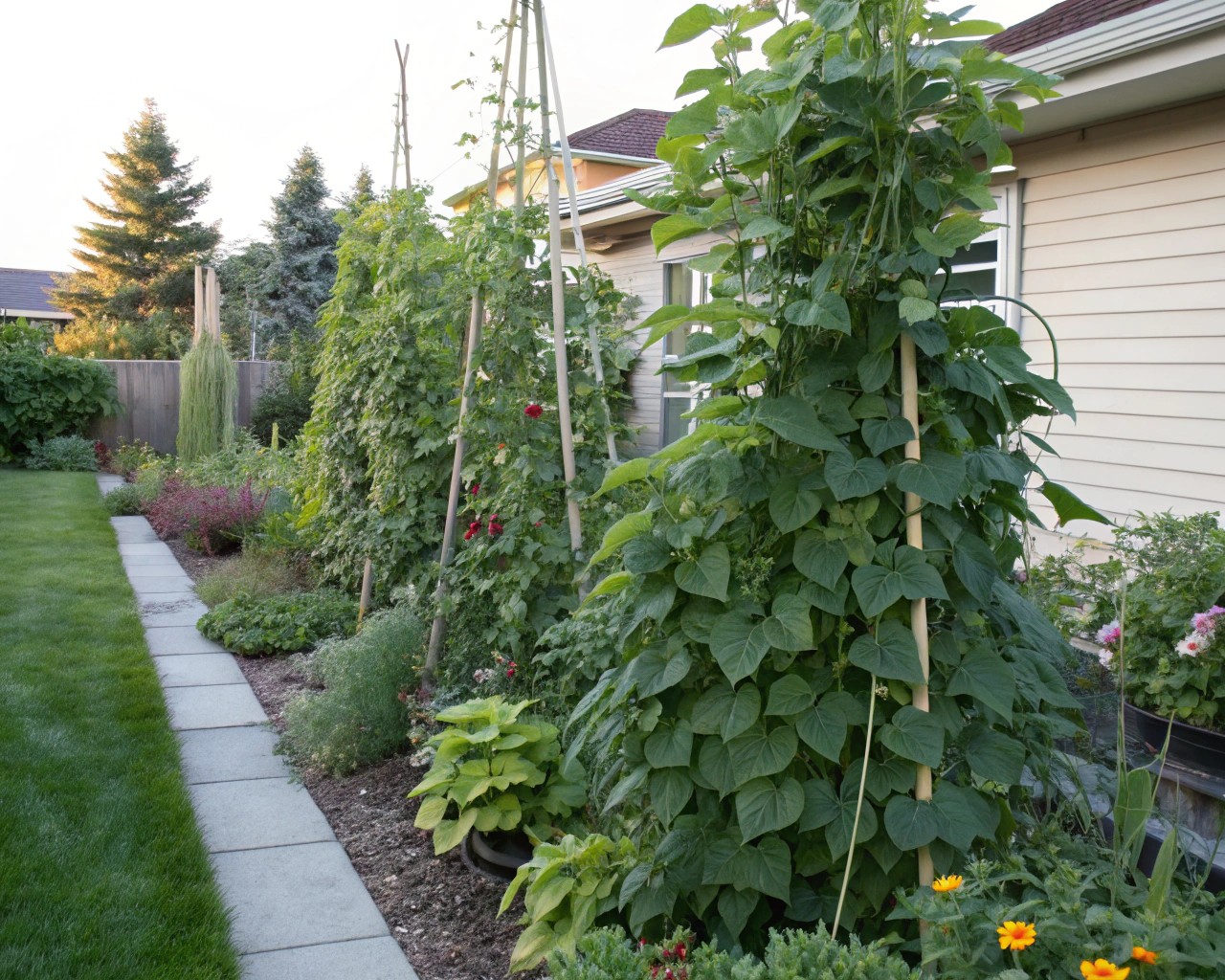
Black beans belong to the species *Phaseolus vulgaris* and are grown primarily for their dry seeds. Among the many cultivars available, Black Turtle remains the most commonly grown by home gardeners due to its reliability and rich flavor. These plants typically grow as bush or semi-vining types, making them accessible for gardeners with limited space.
Other reliable cultivars include:
- Zorro – known for uniform maturity and high productivity
- Condor – early-maturing and resistant to common rust
- Midnight Black Turtle Soup – praised for flavor and adaptability
- Jet Black – a productive bush variety with disease resistance
Black bean plants come in two main growth types:
- Bush varieties: Compact, low-maintenance, and ideal for single, uniform harvests.
- Pole varieties: Require staking but produce over a longer period, excellent for fresh shelling followed by dried storage beans.
- Tip: If you want a manageable harvest window and less staking, choose bush varieties. For long-term, staggered harvests, opt for pole types.
Timing, Temperature, and Climate Requirements
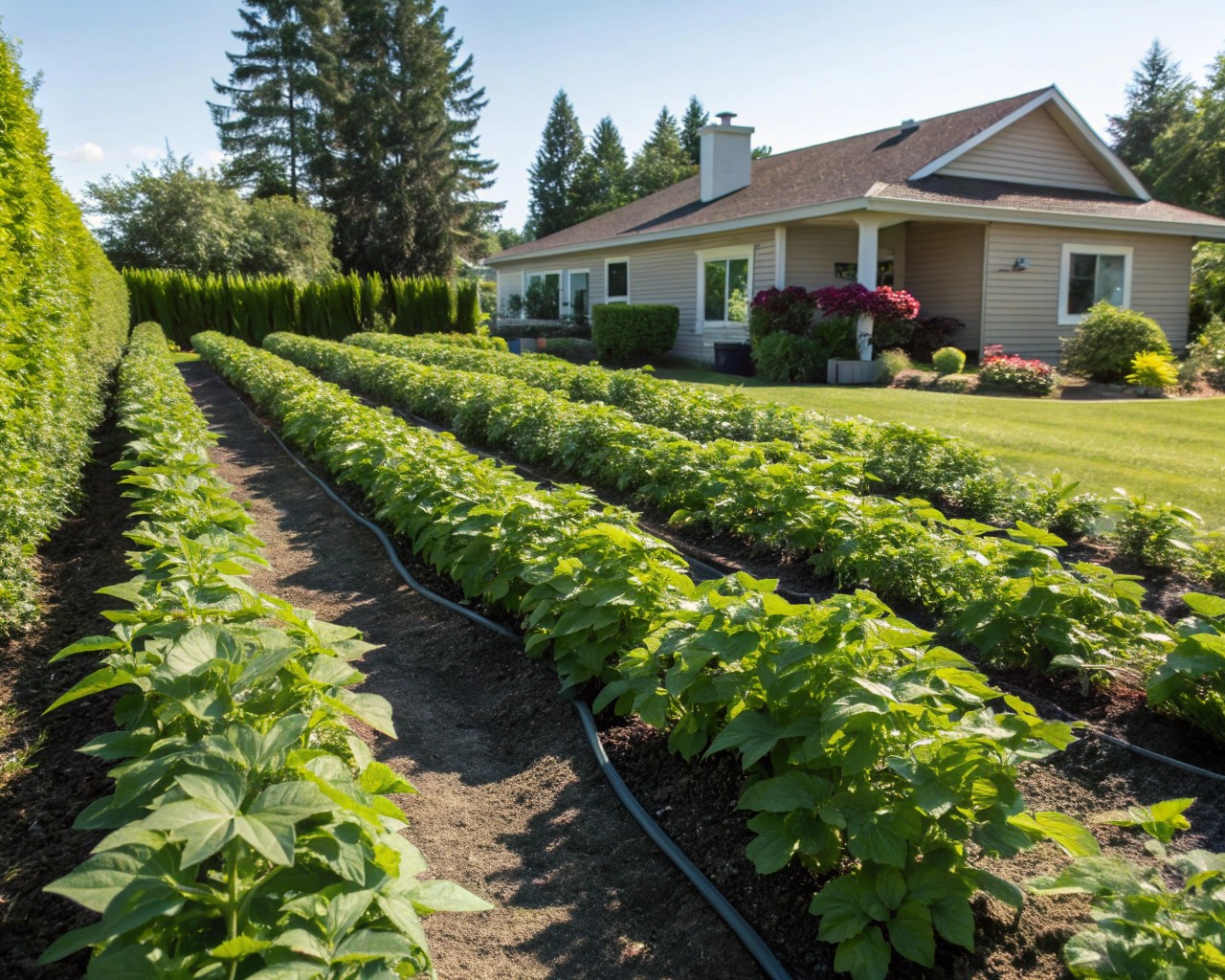
Black beans are heat-loving annuals. Germination and early development require soil temperatures of at least 60°F (16°C), ideally 68–80°F (20–27°C). In most climates, plant beans 2–3 weeks after your last frost date when soils are thoroughly warm and dry.
In zones with shorter summers (USDA 3–5):
- Use raised beds and black plastic mulch to warm soil.
- Choose early-maturing bush types that require only 90–95 days.
In warmer zones (6–10):
- Successive sowings allow for extended harvests.
- Avoid planting too early when soils are still damp and cold.
Regional Maturity Estimates:
| Zone | Recommended Variety Type | Estimated Maturity |
|---|---|---|
| 3–4 | Bush, early-maturing | 90–95 days |
| 5–6 | Bush or compact pole | 95–110 days |
| 7–9 | Any type | 100–120 days |
| 10–11 | Pole, extended harvest | 110–140+ days |
Tip: Plant in blocks rather than long rows to encourage pollination and simplify irrigation.
Soil and Bed Preparation for Healthy Beans
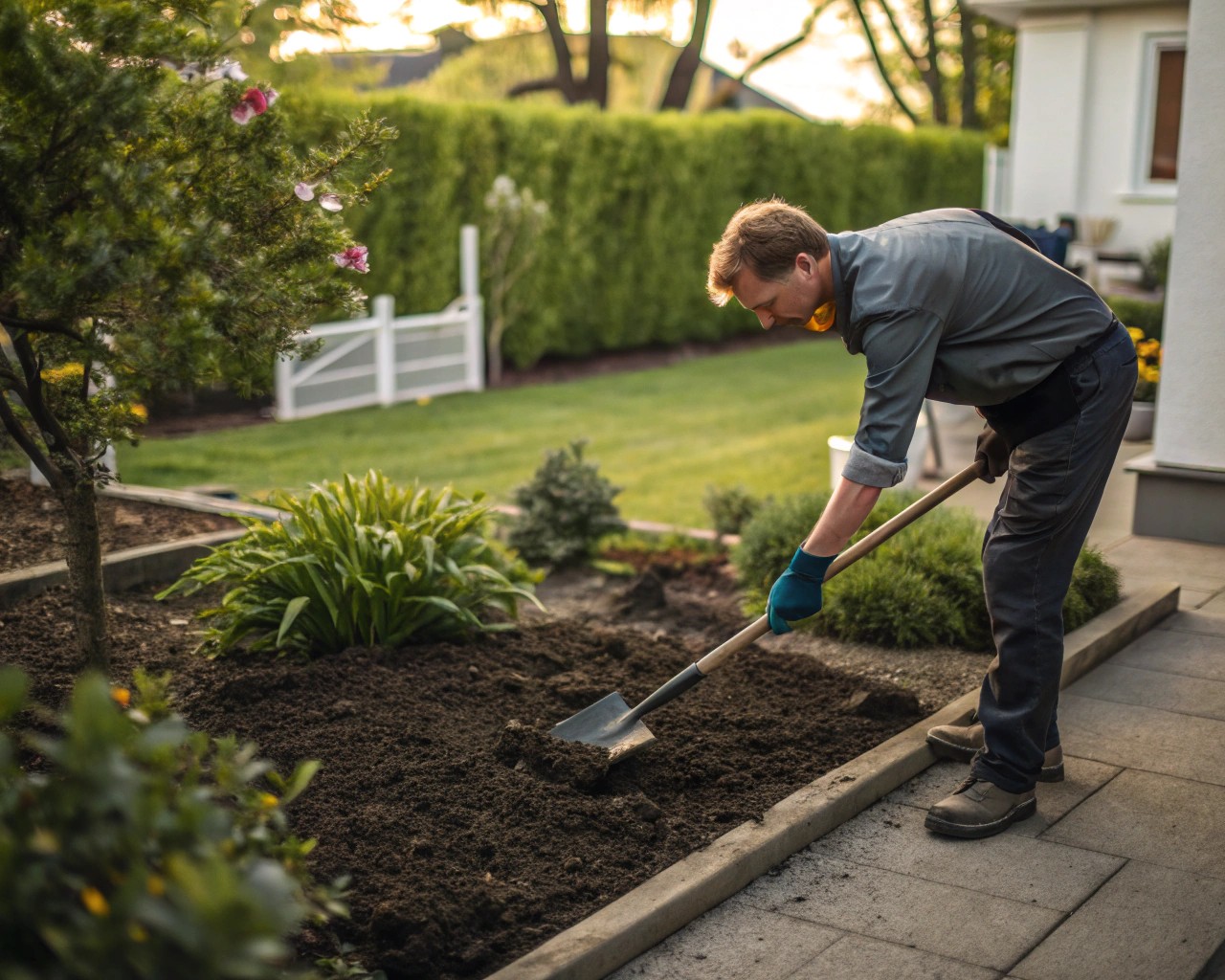
Black beans require well-draining, loose soil enriched with organic matter. They grow best in slightly acidic to neutral pH (6.0–7.0).
Steps for soil preparation:
- Remove weeds and debris from planting area.
- Amend heavy soils with compost, sand, or perlite.
- Avoid high-nitrogen fertilizers—beans fix their own nitrogen.
For raised beds:
- Ensure 12–18 inches of depth for strong root systems.
- Maintain consistent moisture using mulch or drip systems.
- Refresh compost yearly to support soil life and fertility.
Planting: Direct Sowing and Spacing
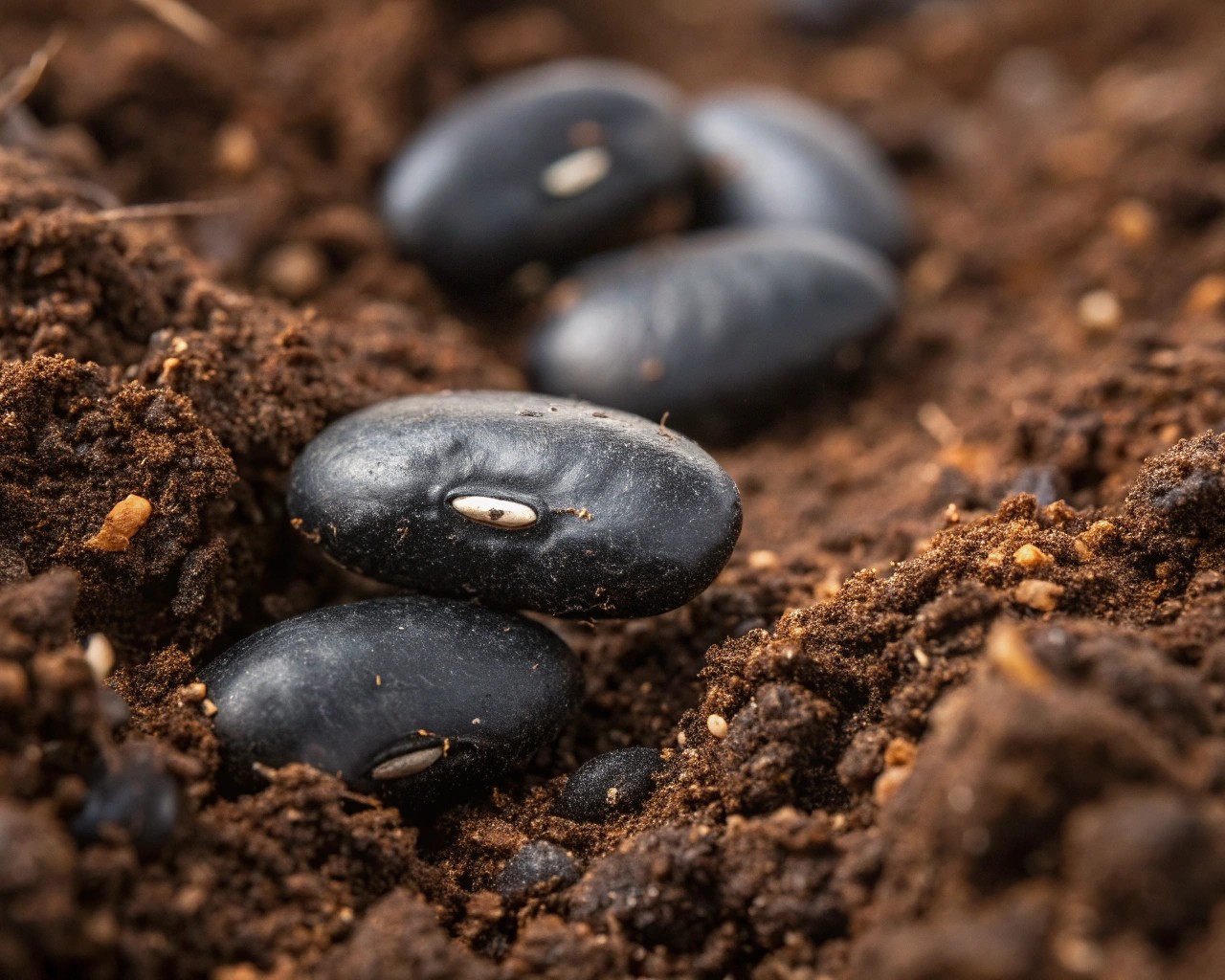
Plant seeds 1 inch deep into warm, moist soil. Avoid transplanting beans—they dislike root disturbance.
Spacing recommendations:
- Bush beans: 2–4 inches apart within rows, 18–24 inches between rows
- Pole beans: 6–8 inches apart, plant 2–3 seeds per stake or teepee base
Germination tips:
- Soak seeds for 8–12 hours before sowing to speed germination.
- Keep beds lightly moist until emergence.
- Use floating row covers during early weeks to protect from pests and retain warmth.
Routine Maintenance: Watering, Mulching, and Support
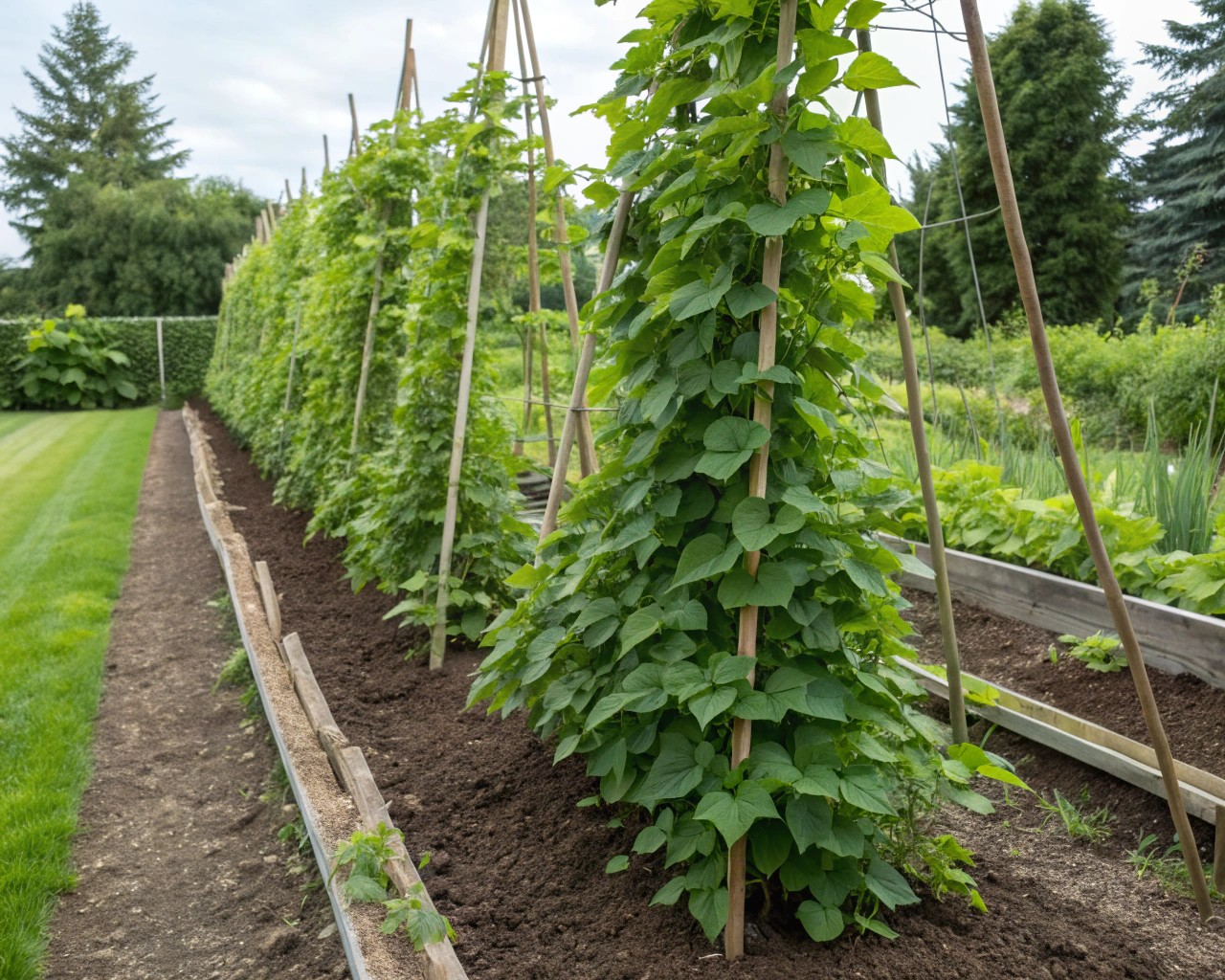
After germination, black beans need 1–1.5 inches of water per week. Deep, infrequent watering encourages deeper roots.
Watering tips:
- Water in the morning to avoid fungal issues.
- Drip irrigation is ideal; avoid overhead watering.
Apply 2–3 inches of mulch after seedlings are 4 inches tall to:
- Retain moisture
- Suppress weeds
- Stabilize soil temperature
Pole bean support options:
- Teepees made from bamboo or stakes
- Netting or cattle panels for vertical training
- Tip: Prune excess foliage on pole types to improve airflow and sun penetration.
Managing Pests and Disease Naturally
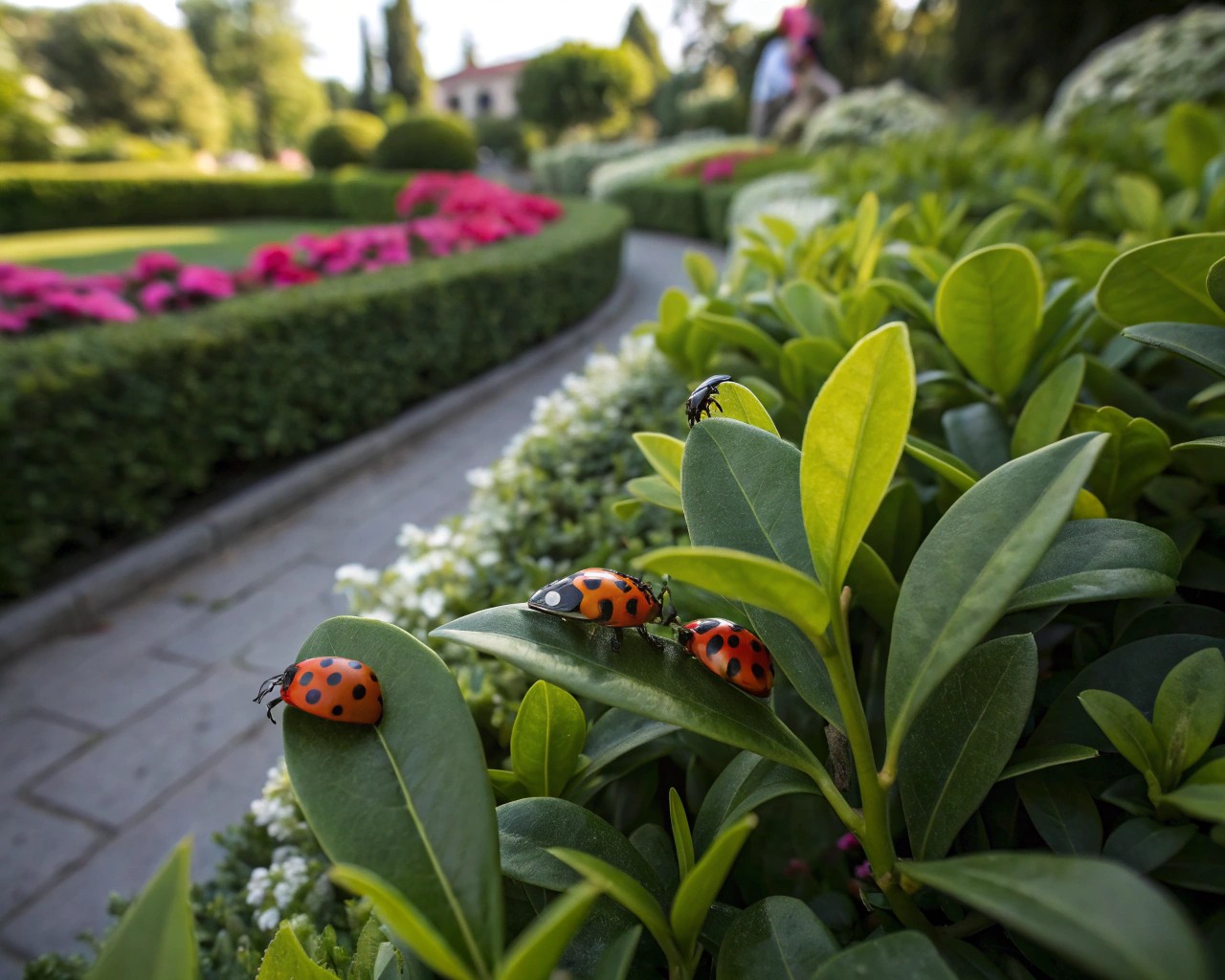
Most bean problems arise from improper watering or poor airflow. Common threats include:
Insect pests and how to manage them
Aphids are notorious for congregating on new growth, sucking sap, and spreading viruses. Mexican bean beetles chew through foliage, leaving a lace-like pattern that weakens the plant. Bean weevils may not damage growing plants but can infest stored beans, rendering your harvest unusable.
To manage these pests organically:
- Apply neem oil or insecticidal soap at the first sign of infestation, especially on the undersides of leaves.
- Encourage populations of natural predators like ladybugs, lacewings, and parasitic wasps by planting flowering companion plants nearby.
- Physically remove affected leaves or hand-pick beetles to reduce populations manually.
Common diseases and prevention tips
- Diseases such as anthracnose, bacterial blight, and root rot can reduce yields and spread rapidly.
- Anthracnose causes sunken dark lesions on stems and pods.
- Bacterial blight appears as angular, water-soaked spots with yellow halos.
- Root rot results in yellowing and plant collapse from overwatering.
Prevent disease by:
- Starting with certified disease-free seeds
- Rotating bean crops every 2–3 years
- Watering at the base of the plant to avoid wet foliage
- Spacing plants to allow adequate airflow
These proactive steps help keep your crop healthy throughout the season.
Harvesting Black Beans: Fresh vs. Dry
Harvest for dry storage when:
- Pods are brown, dry, and papery
- Leaves begin to yellow and drop
- Beans rattle inside pods
For fresh shell beans:
- Pick pods when plump but still green, before full drying
Drying post-harvest:
- Pull whole plants and hang upside down in a dry shed
- Or lay pods on screens in a warm, ventilated room
- Final moisture should be 13–15% for safe storage
Threshing and storing:
- Once dry, shell by hand or gently crush and winnow
- Store in glass jars, vacuum-sealed bags, or mylar bags with desiccants
- Keep in cool, dark place for up to 2–3 years
- Tip: Freeze beans for 2–3 days before long-term storage to kill any insects or larvae.
Small-Space Growing: Containers and Vertical Systems
Container growing is perfect for patios or balconies.
Requirements:
- 5–7 gallon containers minimum
- Well-draining potting mix with compost
- Daily watering in summer; feed monthly with diluted compost tea
Choose bush types for containers or dwarf pole beans with a compact trellis. Group containers together to improve pollination and reduce temperature swings.
Climate Adaptation: Growing Across Zones
Cold climates (Zones 2–4):
- Start in raised beds with row covers
- Use early-maturing bush varieties
Hot climates (Zones 8–11):
- Plant in part shade to avoid heat stress
- Use drip irrigation and mulch heavily
Humid areas:
- Prioritize airflow with wide spacing
- Choose disease-resistant varieties
